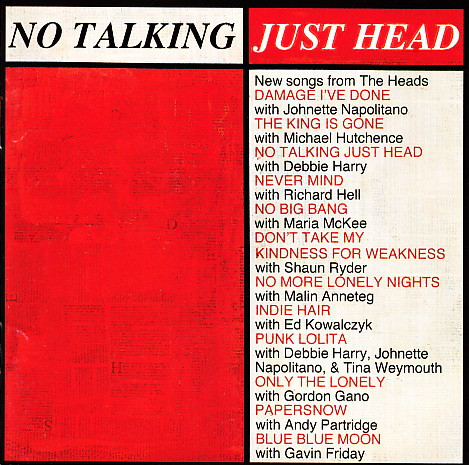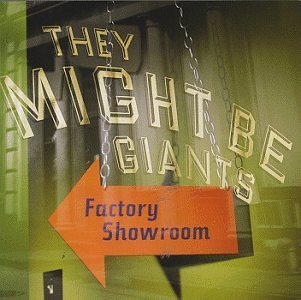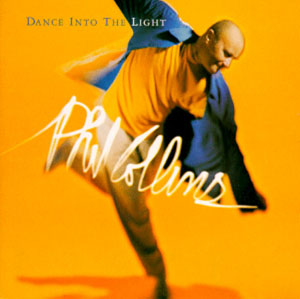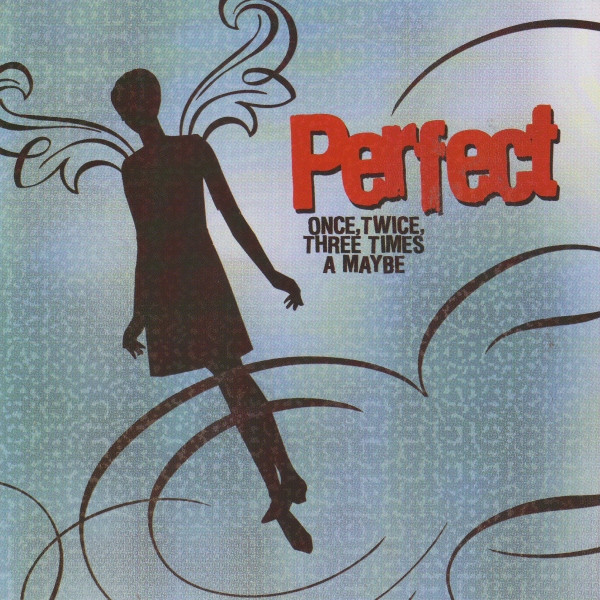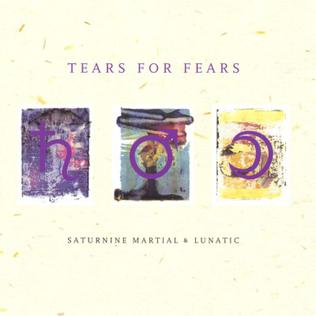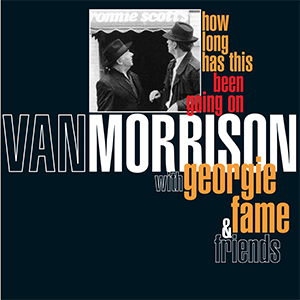 Back in 1985, both Pete Townshend and Roger Daltrey were enjoying solo success, particularly in the wake of The Who’s reunion at Live Aid. But John Entwistle didn’t have the same luck. He put a band together, first with Barriemore Barlow of Jethro Tull on drums, soon replaced by young Zak Starkey. Other musicians came and went, eventually settling on a lineup fronted by singer Henry Small and dubbed The Rock. In between wine deliveries and excursions to various pubs, an album was completed, but Entwistle didn’t have any pull at the labels, and there it sat.
Back in 1985, both Pete Townshend and Roger Daltrey were enjoying solo success, particularly in the wake of The Who’s reunion at Live Aid. But John Entwistle didn’t have the same luck. He put a band together, first with Barriemore Barlow of Jethro Tull on drums, soon replaced by young Zak Starkey. Other musicians came and went, eventually settling on a lineup fronted by singer Henry Small and dubbed The Rock. In between wine deliveries and excursions to various pubs, an album was completed, but Entwistle didn’t have any pull at the labels, and there it sat. Ten years later, the Canadian label Griffin Music had made some inroads releasing CDs of licensed BBC sessions and reviving careers of various classic rockers and hair metal refugees needing a home. That made it a perfect place for The Rock, which went from a limited self-produced release sold at club shows to wider distribution. But what people finally got to hear likely didn’t impress them. Instead of John Entwistle’s unique style and sense of humor, he was reduced to the level of sideman. He doesn’t sing at all anywhere, and only plays horns on one track, though his distinctive bass is discernible in the busy mix, and most prominently on the four songs he actually wrote. “Last Song” even shares something of a keyboard hook with “Had Enough”. Of the rest, “Stranger In A Strange Land” has a decent hook, probably because it was co-written by Eddie “I Think I’m In Love” Money and the guy responsible for “Take My Breath Away” from the Top Gun soundtrack. “Suzie” would appear to be another horny love song, but the “spank the monkey” chant gives away the plot. The overall effect is an album that could have been recorded by the late ‘80s version of Bad Company. That didn’t prevent it from being reissued ten years later, with bonus tracks (including a demo with his own vocal on “Love Doesn’t Last”) and repackaged with its older brothers in a box set in 2024.
 It also didn’t stop Rhino from getting in the act the same year with a solo compilation. Thunderfingers purported to offer “the best of John Entwistle”, which in their minds meant two-thirds of the album devoted to selections from his first two solo albums. The next three albums were represented by two songs each, but at least they had the brains to end with “Too Late The Hero”. The liner notes also included commentary from the artiste for each of the songs therein, which was nice, particularly since these albums had yet to make it to CD in America. (A decade later, as they had with Roger Daltrey, the Sanctuary label followed the expanded reissues of John’s albums with a double-disc anthology that went a little deeper, but also relied on later live performances for filler.)
It also didn’t stop Rhino from getting in the act the same year with a solo compilation. Thunderfingers purported to offer “the best of John Entwistle”, which in their minds meant two-thirds of the album devoted to selections from his first two solo albums. The next three albums were represented by two songs each, but at least they had the brains to end with “Too Late The Hero”. The liner notes also included commentary from the artiste for each of the songs therein, which was nice, particularly since these albums had yet to make it to CD in America. (A decade later, as they had with Roger Daltrey, the Sanctuary label followed the expanded reissues of John’s albums with a double-disc anthology that went a little deeper, but also relied on later live performances for filler.)
John Entwistle The Rock (1996)—2
2006 Sanctuary reissue: same as 1996, plus 5 extra tracks
John Entwistle Thunderfingers: The Best Of John Entwistle (1996)—3


